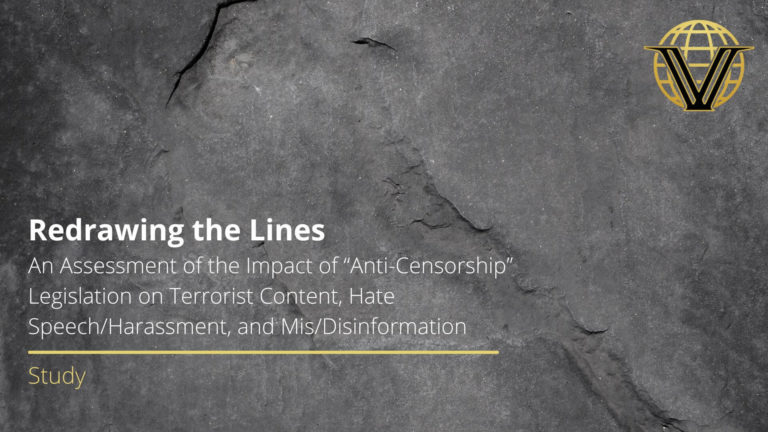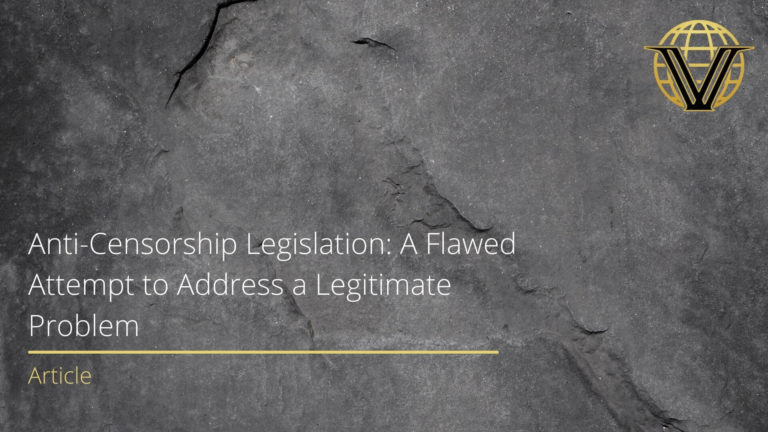Daveed Gartenstein-Ross
The Cipher brief spoke with Daveed Gartenstein-Ross, CEO of Valens Global and a Senior Fellow at the Foundation for Defense of Democracies, about the growing al Shabaab threat in the Horn of Africa. According to Gartenstein-Ross, al Shabaab’s “capabilities are probably at their strongest” since 2012 as demonstrated by the group’s ability to “carry out far more large-scale, spectacular attacks” in the last year. Furthermore, Gartenstein-Ross says that al Shabaab will continue to remain a threat for the foreseeable future, and that there is “no easy answer regarding what can be done to more effectively combat al Shabaab.”
The Cipher Brief: What is your assessment of al Shabaab’s current capabilities?
Daveed Gartenstein-Ross: Al Shabaab’s current capabilities are probably at their strongest since the group’s loss of Kismayo. For a while, they were the dominant force in southern Somalia. When they finally lost Kismayo in October 2012, that represented something of a nadir for the organization. It was the moment they lost their final urban stronghold.
Thereafter, there is a period in which Shabaab attacks basically stabilized. You can see an upward trend in terms of their capabilities – I performed several quantitative assessments of the group’s strength over time. In 2014, you can see an upward trend in terms of mid-level attacks, attacks that would kill six or more people. But overall, it wasn’t clear that the insurgency became markedly more successful.
Over the course of the past year, al Shabaab has been able to carry out far more large-scale, spectacular attacks. It’s clear that they are really starting to gain control over rural areas of Somalia while AMISOM controls urban areas. But AMISOM is going to be clearing out. So al Shabaab is definitely in a position of strength at the moment.
TCB: Does the group still receive a substantial amount of finances from illicit charcoal trade and taxation?
DGR: It’s clear that al Shabaab still use the charcoal trade as one means of financing themselves. Given the opacity under which Shabaab operates, it is not fully clear what their sources of financing are. I would certainly look toward taxation of populations that are under their control. It’s not the control that ISIS has been able to institute, but it’s control where effectively areas are within a zone where Shabaab can exert its strength.
The sugar trade is another thing that I would look into. But these are all possibilities. The data we have is more anecdotal, and Shabaab by its nature is a clandestine actor, which makes it harder to make any definitive statement about their financing.
TCB: There have been reports that some al Shabaab members have pledged allegiance to ISIS despite al Shabaab remaining an al Qaeda affiliate. How has the ISIS-al Qaeda rivalry impacted al Shabaab’s operational capabilities?
DGR: Al Shabaab factions that have pledged allegiance to ISIS are scant. You’ve had Abdul Qadir Mumin, a former senior leader of al Shabaab, pledge, but very little was heard from him after he pledged. It seems that al Shabaab’s Amniyat, their intelligence wing, was able to reach into Puntland, a semi-autonomous northern region of Somalia, which Mumin didn’t expect, and drove him into hiding shortly after his pledge.
One ISIS faction in Somalia broadcast an attack that didn’t succeed. If you compare what ISIS has done in Somalia versus Shabaab, it’s miniscule. There is no evidence that they’ve made any dent.
Al Shabaab has cracked down strong on ISIS within their ranks. They have arrested people who have shown any sign of support for ISIS. Their Amniyat has been ruthlessly effective in stamping out any sort of pro-ISIS sentiment.
So it’s very clear that ISIS aimed a lot of PSYOPs at Shabaab to try create the perception that the group was fragmented, but that was never the case. They were fairly unified at top levels. The Amniyat was able to clamp down on signs of pro-ISIS sentiment, and as a result, al Qaeda has very successfully defended its territory in Somalia.
As ISIS loses ground in Syria and Iraq and as its African network collapses – at this point it has basically lost the city of Sirte in Libya – it’s going to have much less pull for factions of Shabaab, especially if we see a major Boko Haram faction leave ISIS, which I think is a strong possibility.
At this point, there are still some pro-ISIS sentiments in al Shabaab, particularly at junior levels, but it’s certainly on the downswing, and it was always overstated during this time.
TCB: Could al Shabaab look to target Somalia’s upcoming parliamentary elections?
DGR: Yes, absolutely. And al Shabaab’s ability to strike within the country has really grown.
That being said, elections in the past were always a very logical target for terrorists, and we haven’t ever seen the enormous bloodshed that there has been the potential for. You’ve had a number of Iraqi elections held under insurgent threats go off with some bloodshed, which was nonetheless minimal compared to what observers feared.
So it certainly could be a target, but in the past, the dangers posed to voters have often been overstated.
TCB: What has been done, and what more can de done by both the U.S. and regional actors to beat back al Shabaab?
DGR: There is no easy answer regarding what can be done to more effectively combat al Shabaab. Right now it controls much of Somalia’s rural areas, and the AMISOM mission is coming to an end, at which point al Shabaab is going to reassert itself as a powerful actor.
Obviously, a lot of damage was done to al Shabaab from the time that it controlled southern Somalia onward, but it was able to withstand years of counterinsurgent activities against it, and defy predictions that the organization was at death’s doorstep.
I don’t have a simple answer as to what we can do to more effectively combat the group. The fact is that you’re not going to be able to significantly increase the quality of manpower against it or the amount of resources that are dedicated to keeping Shabaab in check, which means that options are limited.



